- 全部删除
 您的购物车当前为空
您的购物车当前为空
Rapamycin
Rapamycin (AY 22989) 属于大环内酯类天然产物,是一种 mTOR 抑制剂,具有特异性(HEK293 细胞:IC50=0.1 nM)。Rapamycin 具有免疫抑制活性,并能诱导自噬。
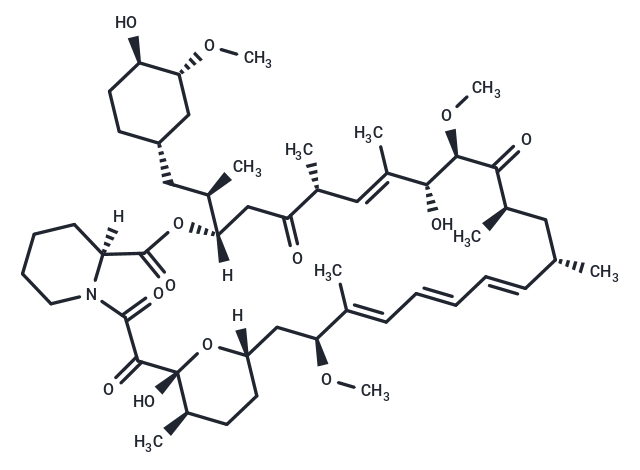
Rapamycin
一键复制产品信息Rapamycin (AY 22989) 属于大环内酯类天然产物,是一种 mTOR 抑制剂,具有特异性(HEK293 细胞:IC50=0.1 nM)。Rapamycin 具有免疫抑制活性,并能诱导自噬。
| 规格 | 价格 | 库存 | 数量 |
|---|---|---|---|
| 1 mg | ¥ 133 | In stock | |
| 5 mg | ¥ 283 | In stock | |
| 10 mg | ¥ 455 | In stock | |
| 25 mg | ¥ 619 | In stock | |
| 50 mg | ¥ 892 | In stock | |
| 100 mg | ¥ 1,230 | In stock | |
| 200 mg | ¥ 1,850 | In stock | |
| 500 mg | ¥ 3,150 | In stock | |
| 1 mL x 10 mM (in DMSO) | ¥ 490 | In stock |
Rapamycin 相关产品
产品介绍
| 产品描述 | Rapamycin (AY 22989) is a natural product of macrolides, an mTOR inhibitor with specificity (HEK293 cells: IC50=0.1 nM). Rapamycin has immunosuppressive activity and induces autophagy. |
| 靶点活性 | mTOR:0.1 nM (HEK293 cells), MDA-MB-231 cells:> 10000 nM, HeLa cells:> 10000 nM, HEK293T cells:0.1 nM (EC50), MEF cells:0.05 nM, HEK293 cells:0.1 nM, A549 cells:18.74 μM, MCF-7 cells:18.74 μM, MDA-MB-468 cells:37.2 μM |
| 体外活性 | 方法:正常人肾上皮细胞 HRECs 用 Rapamycin (0.01-1000 nmol/L) 处理 6 天,使用 MTT 方法检测细胞生长抑制情况。 |
| 体内活性 | 方法:为研究 Rapamycin 寿命的影响,将 Rapamycin (8 mg/kg in DMSO+5% PEG-400+5% Tween-80) 腹腔注射给 20–21 个月大的 C57BL/6J 小鼠,每天一次,持续三个月。 |
| 激酶实验 | HEK293 cells were plated at 2-2.5 × 10^5 cells per well of a 12-well plate and serum-starved for 24 h in DMEM only. Cells were mock-treated or treated with rapamycin (0.05-50 nM), iRap (0.5-500 nM), or AP21967 (0.5-500 nM) for 15 minutes at 37 °C. Serum was added to a final concentration of 20% for 30 minutes at 37 °C. Cells were lysed as described and cell lysates were separated by SDS-PAGE. Resolved proteins were transferred to a PVDF membrane and immunoblotted with a phosphospecific primary antibody against Thr389 of p70 S6 kinase. Data were analyzed using ImageQuant and KaleidaGraph [1]. |
| 细胞实验 | To determine the effects of rapamycin and rapamycin plus LY294002 or UCN-01 on tumor cells, we determined cell viability after the treatments. We used a trypan blue dye exclusion assay as described previously. Tumor cells in exponential growth were harvested and seeded at 5 × 10^3 cells per well (0.1 mL) in 96-well flat-bottomed plates and incubated overnight at 37°C. The cells were then incubated for 72 hours with or without rapamycin or with rapamycin plus LY294002 or UCN-01. After the cells were collected by trypsinization, they were stained with trypan blue, and the viable cells in each well were counted. The viability of the untreated cells (the control) was considered 100%. Survival fractions were calculated from the mean cell viability of the treated cells [3]. |
| 动物实验 | Animals were randomized to treatment or vehicle groups so that the mean starting body weights of each group were equal. Drug treatment began on the day of surgery or on the first day of reloading after the 14-day suspension. Rapamycin was delivered once daily by intraperitoneal injection at a dose of 1.5 mg/kg, dissolved in 2% carboxymethylcellulose. CsA was delivered once daily by subcutaneous injection at a dose of 15 mg/kg, dissolved in 10% methanol and olive oil. FK506 was delivered once daily via subcutaneous injection at a dose of 3 mg/kg, dissolved in 10% ethanol, 10% cremophor and saline [4]. |
| 别名 | 西罗莫司, 雷帕霉素, Sirolimus, NSC-2260804, AY 22989 |
| 分子量 | 914.17 |
| 分子式 | C51H79NO13 |
| CAS No. | 53123-88-9 |
| Smiles | [H][C@@]12CC[C@@H](C)[C@@](O)(O1)C(=O)C(=O)N1CCCC[C@@]1([H])C(=O)O[C@@]([H])(CC(=O)[C@H](C)\C=C(C)\[C@@H](O)[C@@H](OC)C(=O)[C@H](C)C[C@H](C)\C=C\C=C\C=C(C)\[C@H](C2)OC)[C@H](C)C[C@@H]1CC[C@@H](O)[C@@H](C1)OC |
| 密度 | 1.182 g/cm3 |
| 颜色 | White |
| 物理性状 | Solid |
| 存储 | keep away from moisture,store at low temperature | Powder: -20°C for 3 years | In solvent: -80°C for 1 year | Shipping with blue ice/Shipping at ambient temperature. | |||||||||||||||||||||||||||||||||||
| 溶解度信息 | Ethanol: 100 mg/mL (109 mM), Sonication is recommended. H2O: Insoluble DMSO: 257.5 mg/mL (281.68 mM), Sonication is recommended. | |||||||||||||||||||||||||||||||||||
| 体内实验配方 | 10% DMSO+40% PEG300+5% Tween 80+45% Saline: 10 mg/mL (10.94 mM), Solution. 请按顺序添加溶剂,在添加下一种溶剂之前,尽可能使溶液澄清。如有必要,可通过加热、超声、涡旋处理进行溶解。工作液建议现配现用。以上配方仅供参考,体内配方并不是绝对的,请根据不同情况进行调整。 | |||||||||||||||||||||||||||||||||||
溶液配制表 | ||||||||||||||||||||||||||||||||||||
Ethanol/DMSO
| ||||||||||||||||||||||||||||||||||||
化合物与蛋白结合的复合物
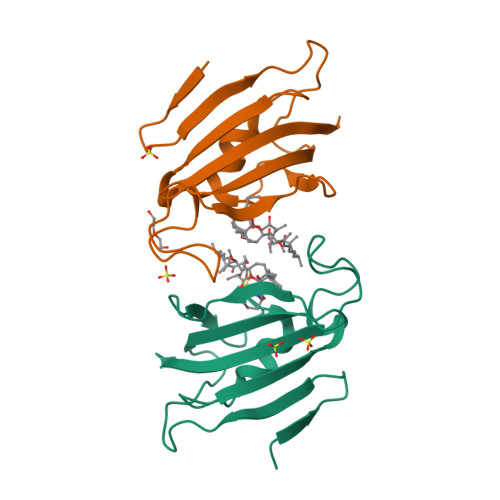
Cryo-EM Structure of Saccharomyces cerevisiae Target of Rapamycin Complex 2
计算器
体内实验配液计算器
以上为“体内实验配液计算器”的使用方法举例,并不是具体某个化合物的推荐配制方式,请根据您的实验动物和给药方式选择适当的溶解方案。










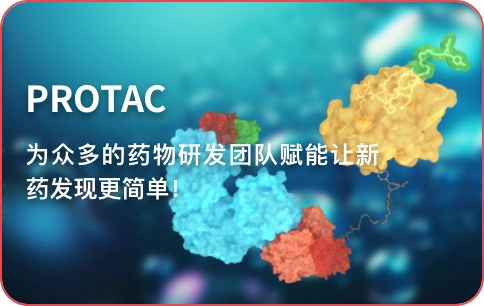
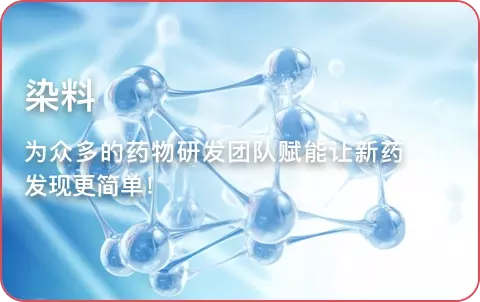




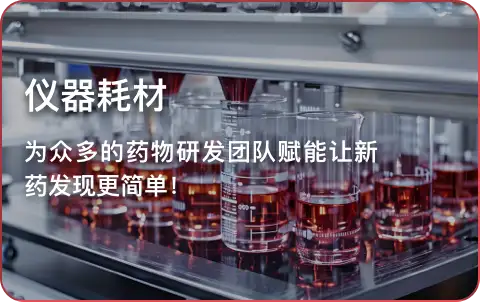




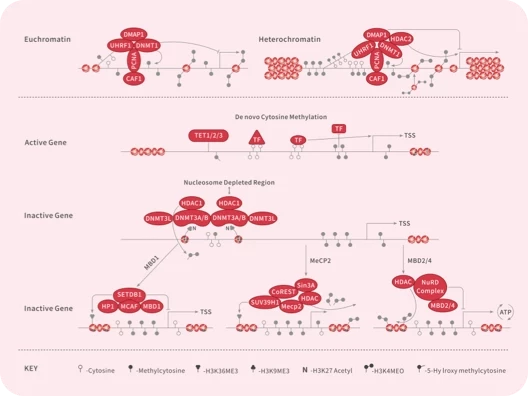
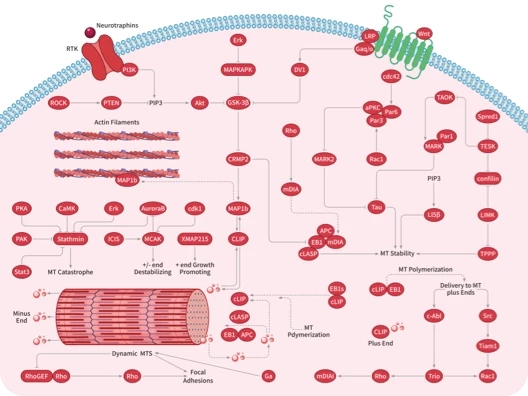

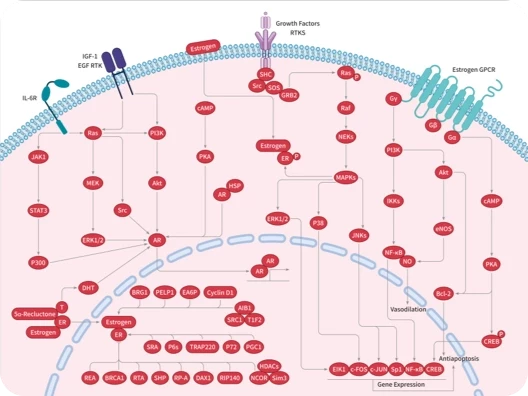
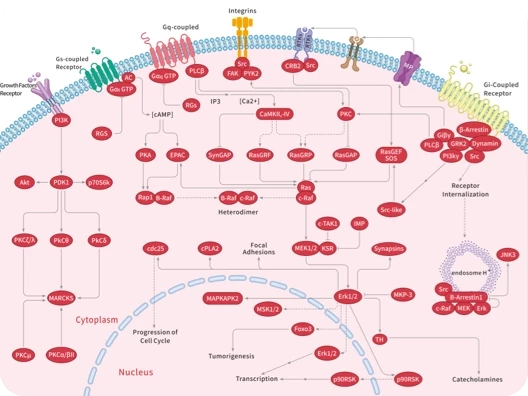
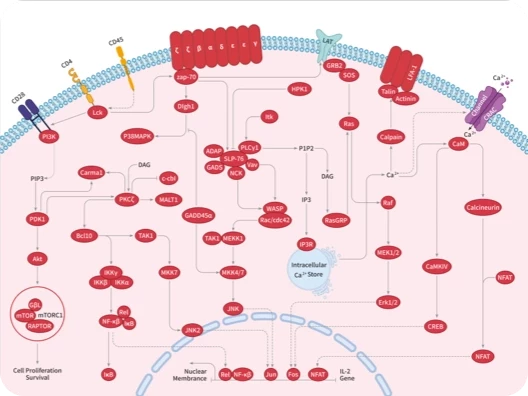
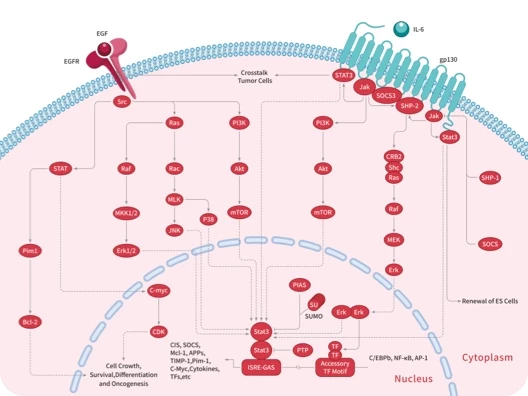
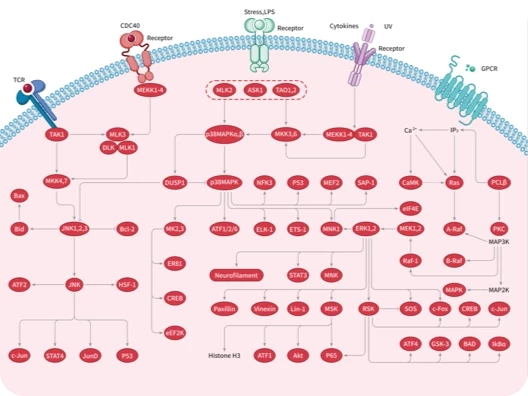
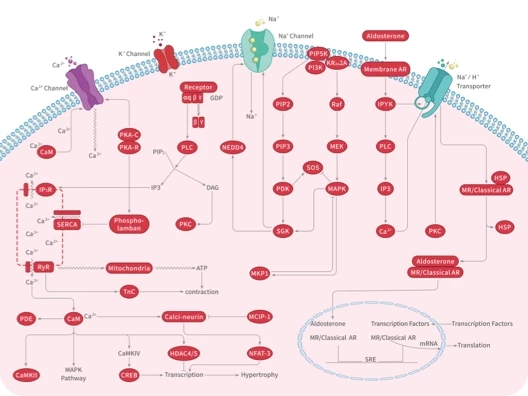



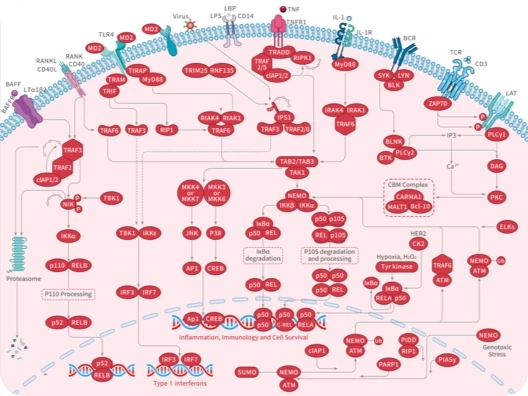

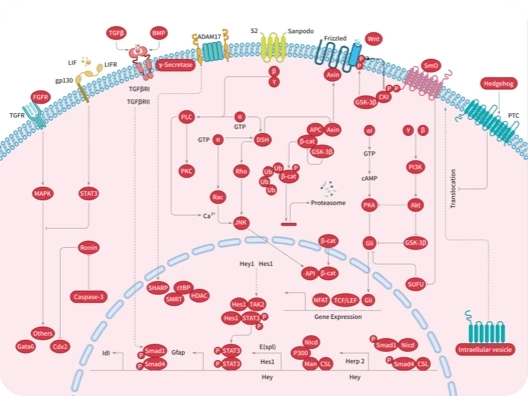



 很棒
很棒

 |
|
评论内容